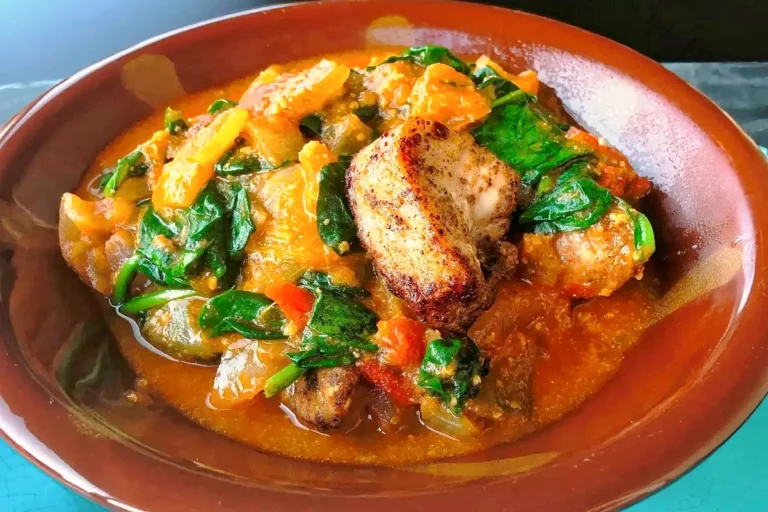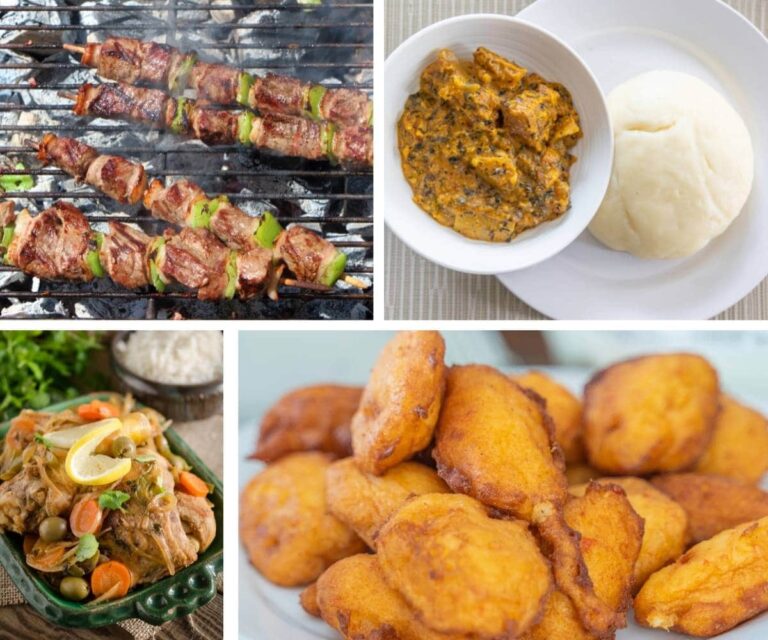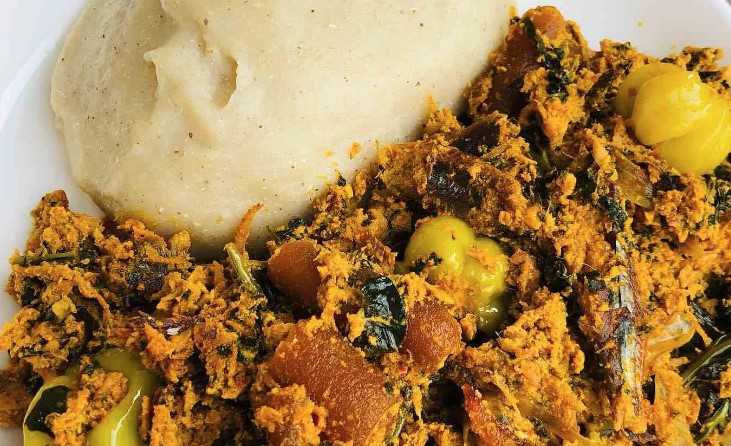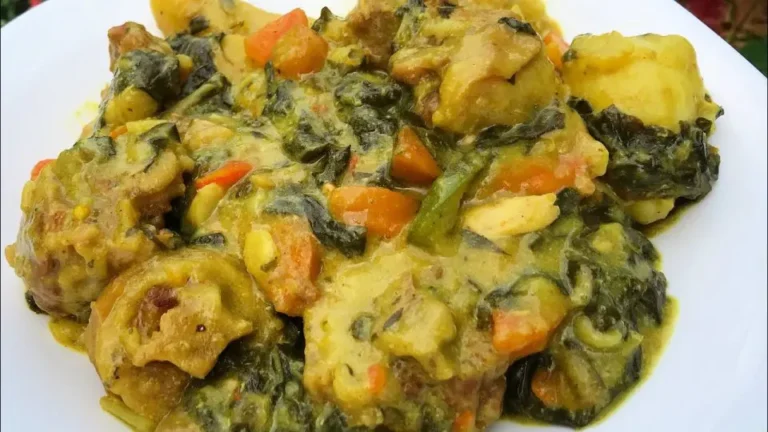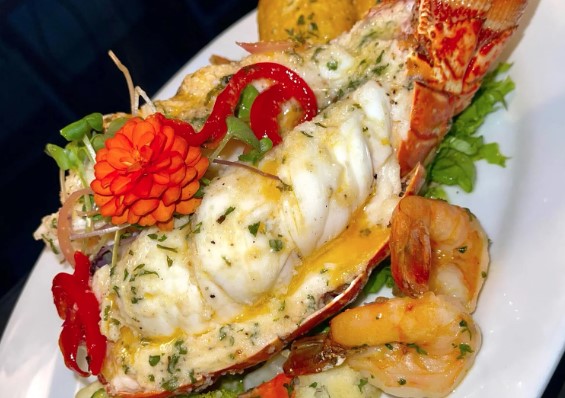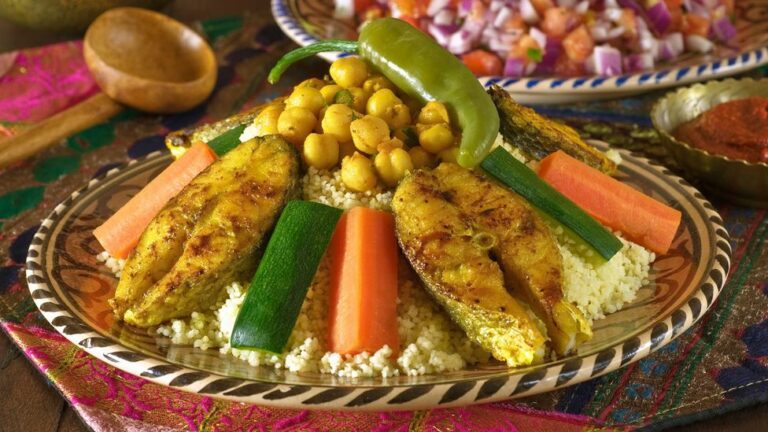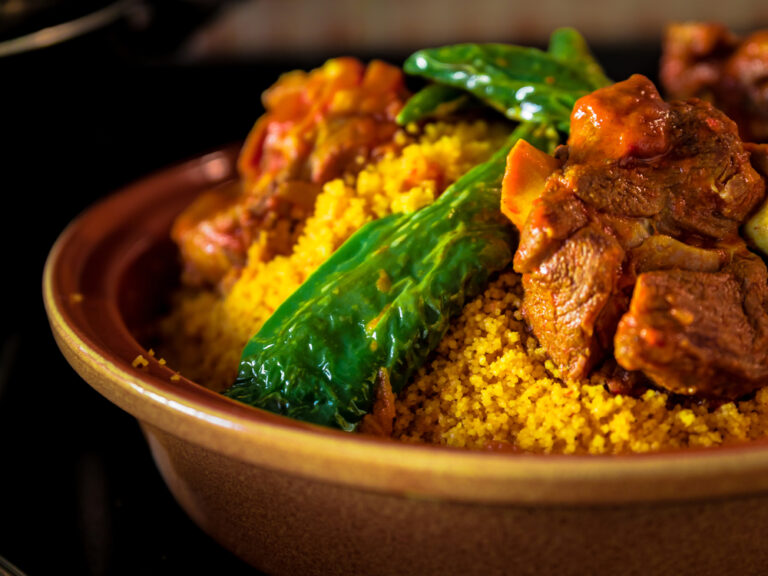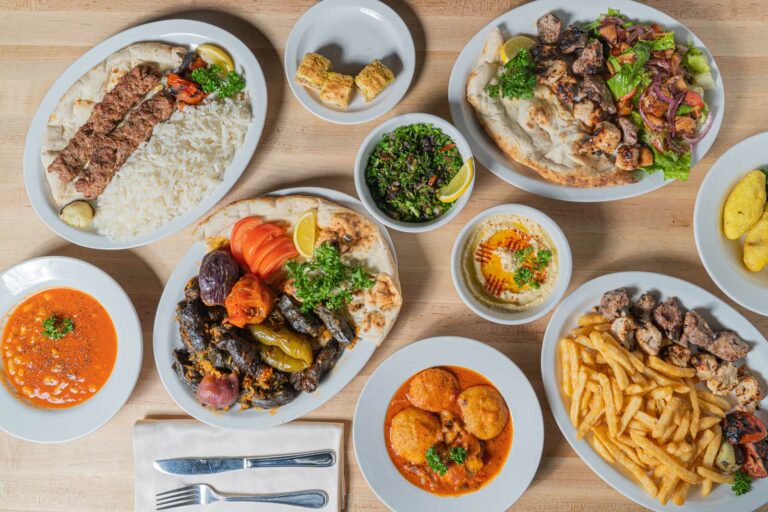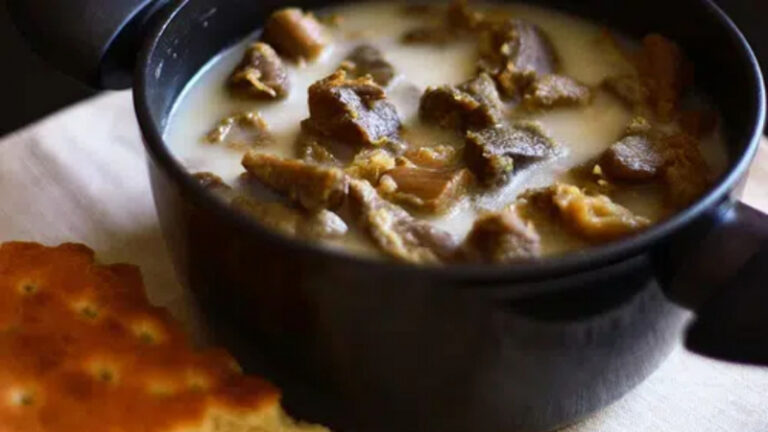Introduction: The Influence of Neighboring Countries on Tongan Cuisine
Tonga is a small island nation located in the South Pacific, with a rich culture and history. Like many other island nations, Tonga’s cuisine is heavily influenced by its neighboring countries. Due to the close proximity of Samoa and Fiji, it is not surprising that their culinary traditions have had an impact on Tongan cuisine.
Tongan Cuisine: A Brief Overview
Tongan cuisine is characterized by its use of local ingredients, such as yams, taro, cassava, and coconut. Meat dishes are also popular, with beef, pork, and seafood being common options. Tongan cuisine is renowned for its unique flavors and is often served with a variety of accompaniments, such as taro leaves, coconut milk, and breadfruit.
Despite its distinctiveness, Tongan cuisine has not been immune to the influence of neighboring countries. In fact, the neighboring islands of Samoa and Fiji have played a significant role in shaping the flavors and ingredients of Tongan dishes.
The Culinary Influence of Samoa on Tongan Dishes
Samoa has had a considerable impact on Tongan cuisine, with many of its dishes featuring Samoan flavors and ingredients. One example is the popular Tongan dish, Oka Ika, which is a raw fish salad. This dish is similar to the Samoan dish, Oka, which is also a raw fish salad, but with a different flavor profile. Oka Ika is typically made with coconut cream, lime juice, onions, and chilies, which are all commonly used in Samoan cuisine.
Another popular Tongan dish with Samoan influences is Lu Sipi. This dish is made with beef and taro leaves and is cooked in coconut cream. It is similar to the Samoan dish, Palusami, which is also made with taro leaves and cooked in coconut cream. The use of coconut cream is a common thread between the two dishes, and is a key ingredient in many Samoan dishes.
The Impact of Fijian Cuisine on Tongan Cooking
Fiji has also had an impact on Tongan cuisine, with many Fijian ingredients and flavors being used in Tongan dishes. One example is the use of cassava, which is a common ingredient in both Fijian and Tongan cuisine. Tongan dishes such as ‘Otai, which is a fruit drink made with coconut milk, watermelon, and pineapple, is often served with cassava as a side dish.
Another popular Tongan dish with Fijian influences is Kokoda. This dish is similar to the Fijian dish, Kokoda, which is also a raw fish salad. Both dishes are made with coconut cream, lime juice, and onions, but the Tongan version is typically spicier, with the addition of chilies.
Common Tongan Dishes with Samoan and Fijian Influences
Some of the most popular Tongan dishes with Samoan and Fijian influences include:
- ‘Otai: This tropical fruit drink is often served with cassava, which is a common ingredient in both Tongan and Fijian cuisine.
- Lu Sipi: This beef and taro leaf stew is cooked in coconut cream, a common ingredient in many Samoan dishes.
- Oka Ika: This raw fish salad is made with coconut cream, lime juice, onions, and chilies, which are commonly used in Samoan cuisine.
- Kokoda: This raw fish salad is made with coconut cream, lime juice, and onions, with a spicy kick from chilies, which is a Tongan twist on the Fijian original.
Conclusion: The Significance of Cross-Cultural Culinary Influences in Tonga
In conclusion, Tongan cuisine has been heavily influenced by the culinary traditions of its neighboring countries, especially Samoa and Fiji. These influences have resulted in the creation of unique dishes with distinct flavors and ingredients. The cross-cultural culinary influences in Tonga demonstrate the significance of food in bringing people together and creating a shared cultural experience.

